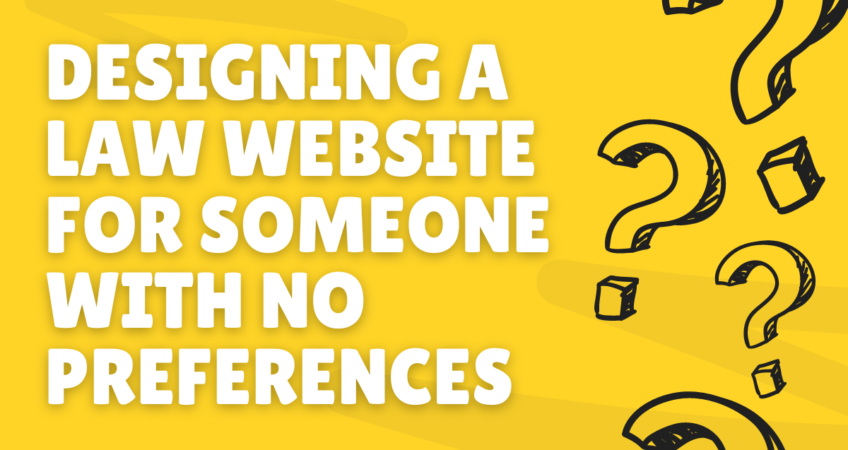
Designing a Law Website for Someone with No Preferences
Designing a Los Angeles law website for a client who isn’t sure about their preferences can be challenging and exciting. It’s crucial to create a website that not only reflects the professionalism of the legal field but also meets the unique needs and expectations of the client. Here’s a step-by-step guide to help you navigate through the process:
1. Client Consultation: Understanding Needs and Preferences
Start by scheduling a comprehensive consultation with the client. Ask about their law firm’s values, target audience, and the specific services they offer. Discuss the color schemes, visual elements, and functionalities they may have in mind. Even if they are unsure, this conversation will provide insights you can use as a foundation.
2. Competitor Analysis: Gathering Inspiration
Conduct a thorough analysis of competitor websites within the legal industry. Identify common design elements, functionalities, and unique features that make these websites stand out. Share these findings with the client to gather additional feedback and preferences.
3. Establishing a Brand Identity: Logo and Color Scheme
Work on creating a solid brand identity for the law firm. Develop a professional and memorable logo that reflects the firm’s values. Choose a color scheme that goes well with the legal industry’s traditional colors, such as deep blues, greens, or grays. Present a few logo and color scheme options to the client for feedback.
4. User-Friendly Navigation: Simple and Intuitive
Design the website with user-friendly navigation in mind. Create a clear and intuitive menu structure, allowing visitors to find the information they need quickly. Since the client may not have specific preferences, aim for a clean, straightforward layout that prioritizes ease of use.
5. Responsive Design: Mobile Compatibility
Ensure the law website is responsive and compatible with various devices, especially mobile phones and tablets. Many users access websites on the go, and a mobile-friendly design is essential for a positive user experience.
6. Content Organization: Highlighting Expertise
Help the client organize their content effectively. Feature key practice areas prominently on the homepage, and create dedicated pages for each service offered. Use professional language and highlight the law firm’s expertise and achievements.
7. Engaging Visuals: High-Quality Imagery
Incorporate high-quality visuals, such as images of the legal team, the office, and any relevant legal symbols. Ensure that all imagery aligns with the professional image the law firm wants to portray.
8. Call-to-Action Elements: Encouraging Interaction
Strategically place call-to-action elements throughout the website. This can include contact forms, appointment scheduling buttons, or links to downloadable resources. Encourage visitors to engage with the law firm.
9. Feedback and Iteration: Collaboration with the Client
Regularly share design concepts and prototypes with the client for feedback. This iterative process allows them to become more involved in the decision-making, ensuring the final design aligns with their vision.
10. Educational Content: Establishing Authority
Consider integrating a blog or resources section where the law firm can share informative articles, case studies, and legal updates. This provides valuable information to visitors and establishes the firm’s authority in the legal field.
Conclusion
Designing a law website for a client with uncertain preferences requires a collaborative and iterative approach. By understanding their needs, conducting thorough research, and presenting well-thought-out design concepts, you can create a law website that not only meets their expectations but also elevates the law firm’s online presence.

